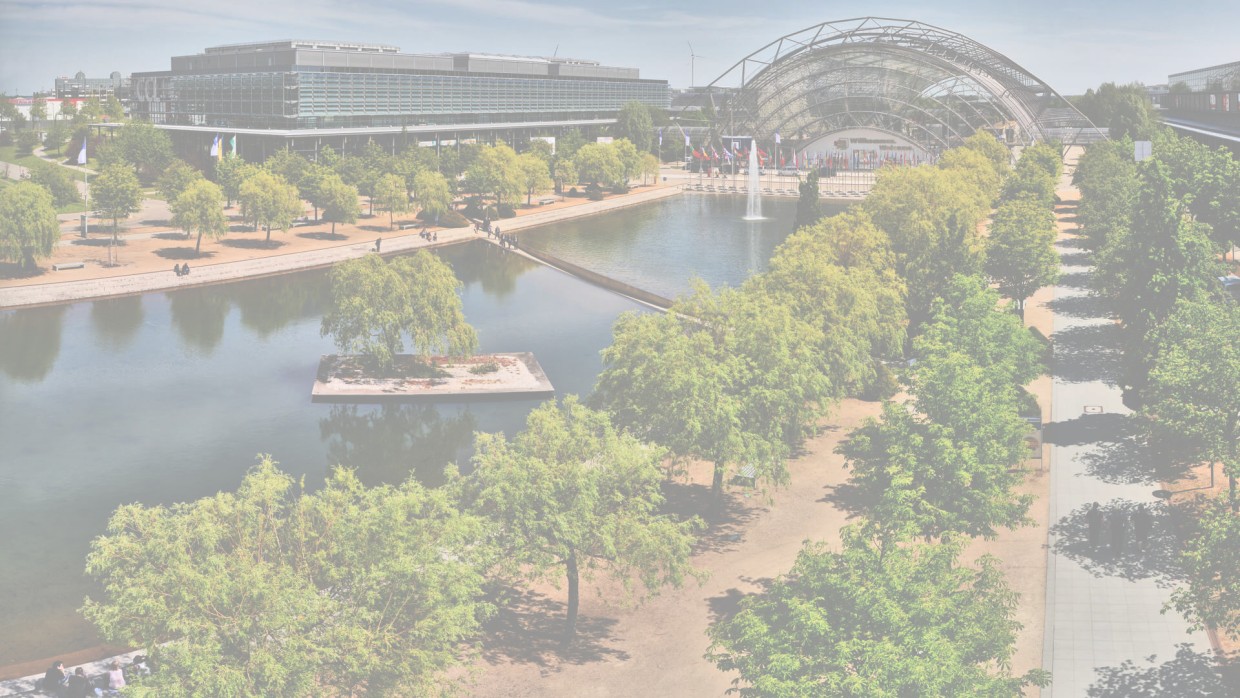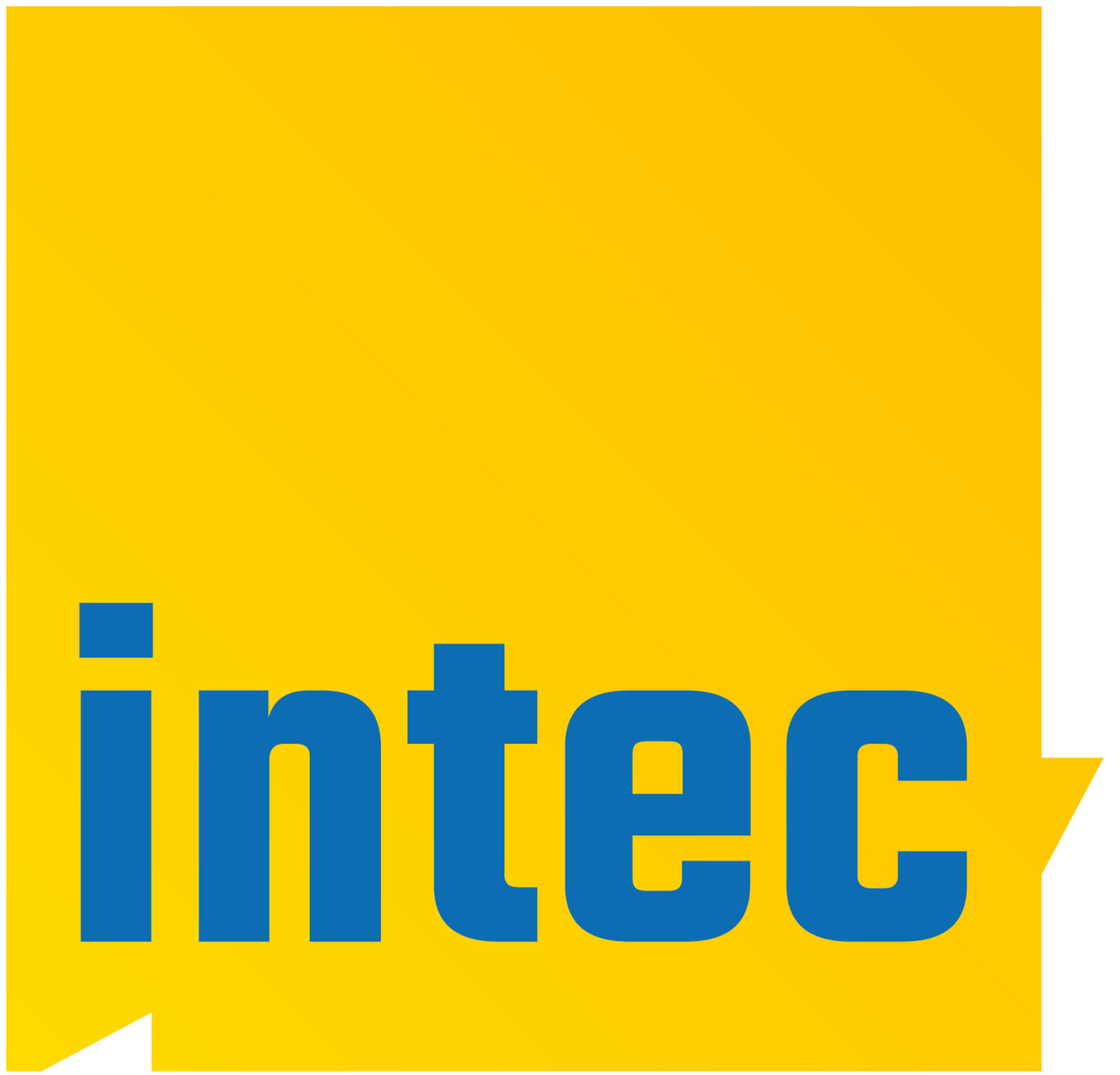
Intec
High standards with respect to the quality of turned workpieces are common in the machining industry. Surface roughness has a significant impact on properties of mechanical parts, including sliding friction, wear resistance or fatigue strength.
A laser triangulation sensor is used to measure the workpiece surface. It can be integrated into the machine for inline measurement or used as an offline device at a measuring station. Besides roughness, geometrical parameters can be determined and structural elements like undercuts or chamfers can be inspected. Integrated into the machine, the sensor facilitates the assessment of workpiece geometry and casting of the tool cutting edge. Therefore, the timing of tool change can be determined accurately. Adaption rules for the process-specific control parameters can be derived as well. An adaptive control can continuously adjust process parameters automatically by comparing the profile data with the required values.
A laser triangulation sensor is used to measure the workpiece surface. It can be integrated into the machine for inline measurement or used as an offline device at a measuring station. Besides roughness, geometrical parameters can be determined and structural elements like undercuts or chamfers can be inspected. Integrated into the machine, the sensor facilitates the assessment of workpiece geometry and casting of the tool cutting edge. Therefore, the timing of tool change can be determined accurately. Adaption rules for the process-specific control parameters can be derived as well. An adaptive control can continuously adjust process parameters automatically by comparing the profile data with the required values.



